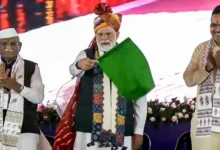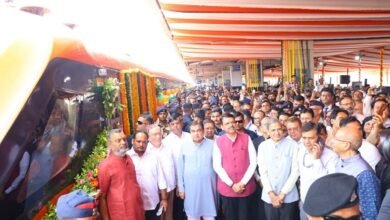Chenab Bridge: Capturing Hearts from Cloud to Valley
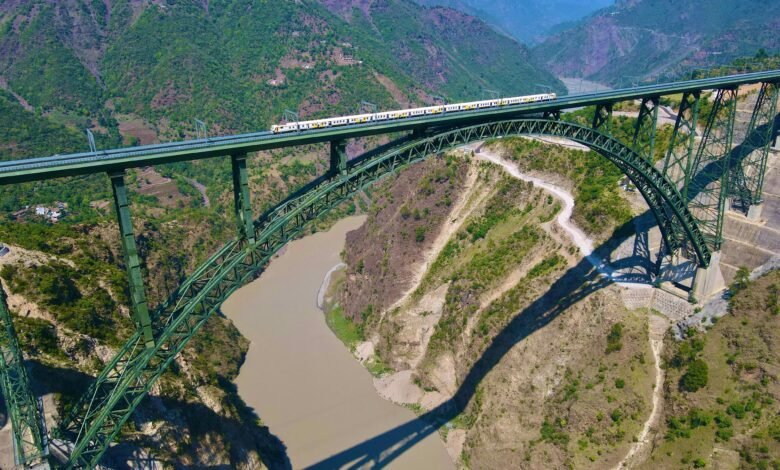
Chenab Bridge: Capturing Hearts from Cloud to Valley
The Chenab Bridge draws admiration from every altitude, where pride rises from the earth and echoes through the clouds.
Flight pilots are making special announcements, and passengers are eagerly opening their windows to capture photographs of the World’s Highest Railway Arch Bridge, the Chenab Bridge.

These days, every flight that passes over the majestic valleys of Jammu and Kashmir witnesses a truly special moment. As the aircraft approaches the Chenab Valley, the pilot’s voice echoes through the cabin: “Below you is the world’s tallest railway arch bridge, Chenab Bridge.”
The moment the announcement is made, passengers rush to their windows, activate their mobile cameras, and begin recording videos and clicking pictures of this historic marvel. A wave of pride sweeps through the cabin—passengers clap, smile, and share words of admiration for the brilliance of Indian engineering.
Down below, the enthusiasm is equally contagious. Locals from nearby villages and mountainous regions are seen taking photographs and recording videos of the bridge from different vantage points. Some are live-streaming the moment, while others are sharing it instantly across Instagram and Facebook.
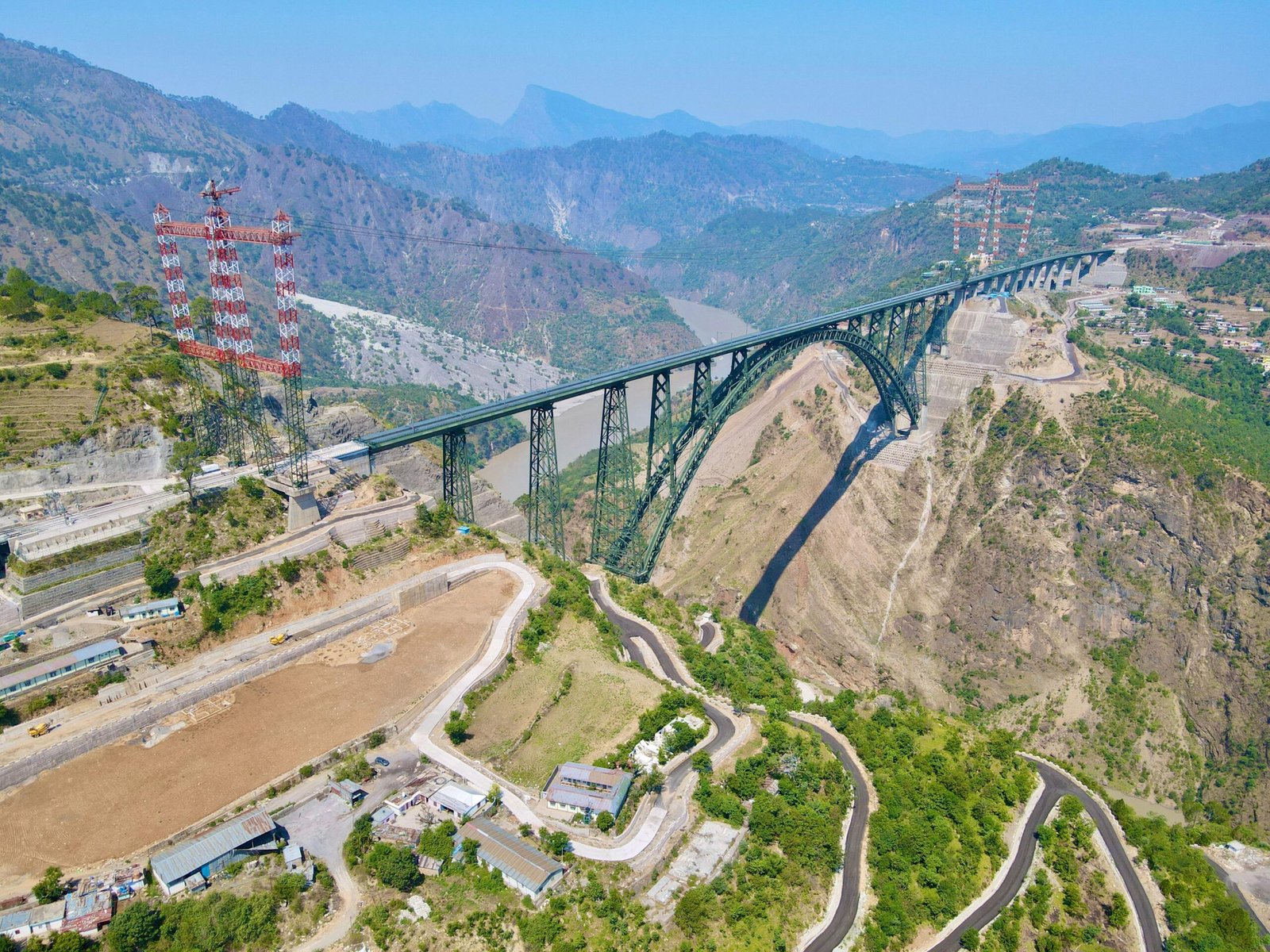
These days, flights soaring through the skies have become viewing galleries of the Chenab Bridge, while people on the ground are busy capturing this awe-inspiring creation, preserving a piece of history to share with future generations. A history where India carved through the Himalayas to script an engineering triumph.
Part of the ambitious Udhampur-Srinagar-Baramulla Rail Link (USBRL) project, the Chenab Bridge is the highest railway arch bridge in the world. Soaring 359 metres above the riverbed, it spans the Chenab River near the Salal Dam and stretches a total length of 1,315 metres. Its main steel arch alone measures 467 metres and is built to withstand wind speeds up to 266 kilometres per hour.
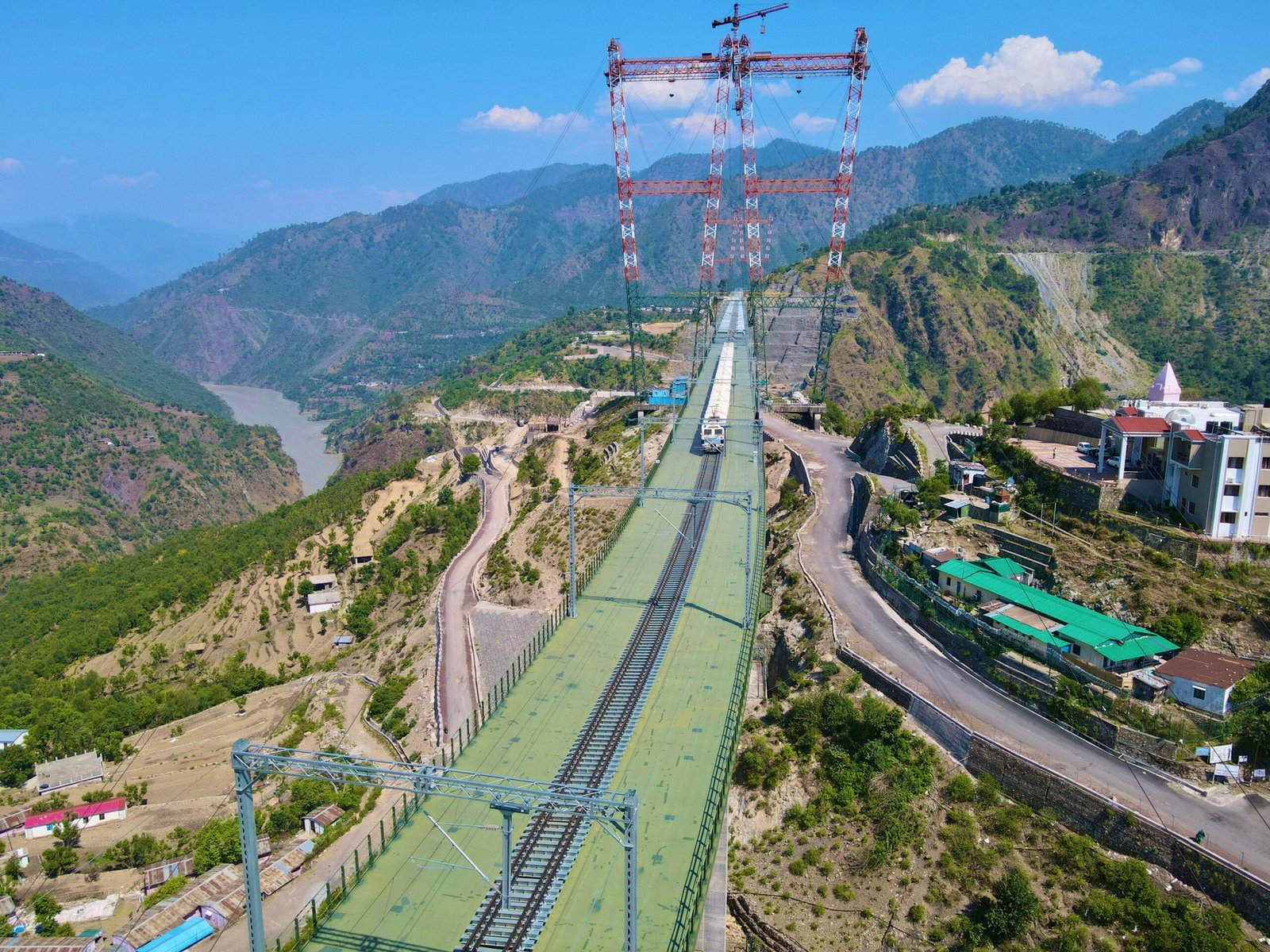
It rises 35 metres higher than the Eiffel Tower and stands nearly five times taller than the Qutub Minar. A staggering 28,000 metric tonnes of steel went into crafting this monumental structure. For the first time in its history, Indian Railways deployed a cutting-edge cable crane system featuring two massive cable cars and pylons over 100 metres tall to bridge the 915-metre-wide gap.
